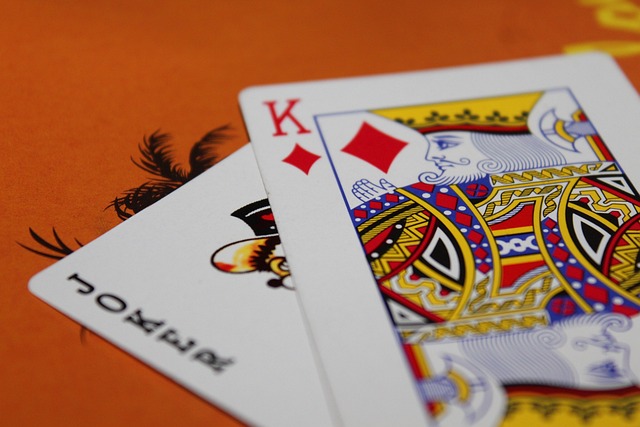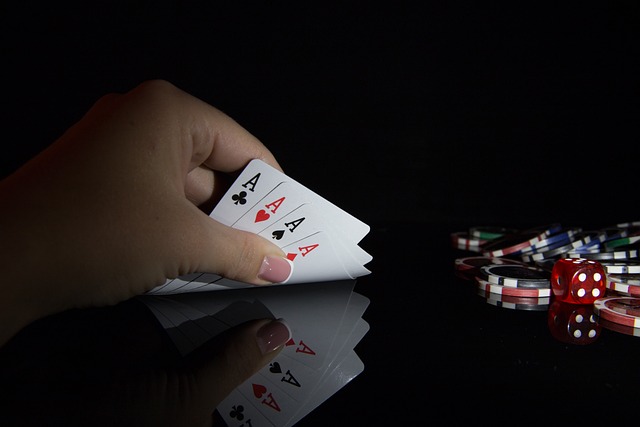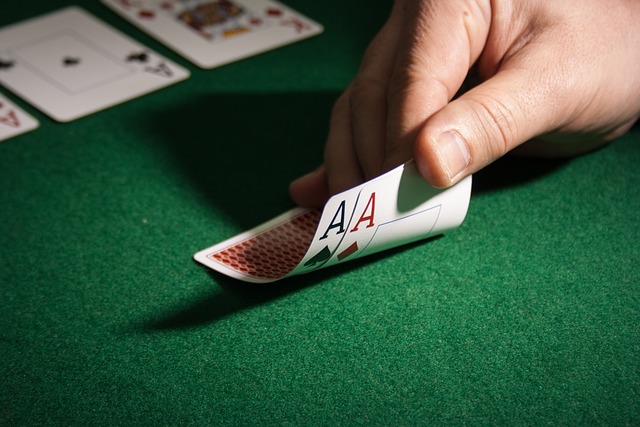Blackjack is one of the few casino games where strategy can reduce the house edge. Unlike games based purely on chance, blackjack rewards players who make informed, consistent decisions. But with multiple hand combinations and dealer rules, beginners often make avoidable mistakes.
This guide focuses on the most important basic strategy tips for new players—what to hit, stand, split, and avoid—without requiring card counting or advanced systems. Use these as a foundation to play smarter and lose less.
Why Strategy Matters in Blackjack
Blackjack has a relatively low house edge—about 0.5% when played with optimal strategy. But if you’re making random decisions, that edge can quickly rise to 2% or more. That difference adds up over dozens or hundreds of hands.
The goal isn’t to beat the casino long-term. It’s to extend your playtime, manage your bankroll, and give yourself a fair shot in every hand. Strategy helps you make decisions based on math, not instinct or superstition.
Know the Rules Before You Start
Before jumping into strategy, get familiar with basic blackjack rules:
- The goal is to beat the dealer’s hand without going over 21.
- Face cards are worth 10; aces can be 1 or 11.
- You start with two cards and can choose to “hit” (take another) or “stand” (stay as is).
- You can also “double down” (double your bet, take one more card) or “split” (if dealt two of the same card).
- The dealer must hit until 17, depending on the house rules.
Once you understand these, you’re ready to apply basic strategy decisions.
Key Strategy Tips for Beginners

You don’t need to memorize complex charts. Start with these core tips, and your game will improve quickly.
1. Always Split Aces and Eights
No matter what the dealer shows, split these two hands every time.
- Aces give you two chances to hit 21 or close to it.
- Eights form a weak 16—splitting gives you a shot at two better hands.
Never split tens. A pair of tens (20) is one of the strongest hands in the game.
2. Never Take Insurance
When the dealer shows an Ace, you might be offered “insurance.” It sounds protective, but statistically, it’s a losing bet.
You’re better off playing your hand as normal. Insurance increases the house edge and rarely pays off in the long run.
3. Stand on Hard 17 or Higher
If your hand totals 17 or more (without an ace counting as 11), it’s generally best to stand. The odds of busting on a hit are high, and the dealer is likely to bust in many of those same scenarios.
Exception: if you have a soft 17 (ace + 6), hitting may be correct depending on the dealer’s card. This is covered in more advanced charts.
4. Double Down on 11
If your two cards total 11, doubling down is often the right move. You have a strong chance of hitting a 10, resulting in 21.
This is especially true when the dealer shows a low card (2–6), where the risk of the dealer busting is also high.
5. Hit on 12–16 When the Dealer Shows 7 or Higher
These are considered “stiff hands”—you’re likely to bust if you hit, but standing gives the dealer the advantage.
If the dealer is showing 7 through Ace, you’ll need to improve your hand to have a shot. Hit, even if it feels risky. Over time, this is the better percentage play.
Mistakes to Avoid

Beginners often fall into patterns that cost money. Avoid these early:
- Always mimicking the dealer: The dealer follows strict rules; you don’t have to.
- Playing based on gut feelings: Blackjack is a math game, not a guessing game.
- Chasing losses with big bets: Stick to your stake size. Emotions cloud good strategy.
- Ignoring table rules: Some tables hit on soft 17 or allow surrender. These affect optimal play.
Tips for Practice and Learning
Start slow and play low stakes or free versions to build muscle memory. Consider:
- Printing a basic strategy chart and keeping it nearby
- Playing one hand at a time online to think through decisions
- Practicing scenarios (e.g., “What do I do with 13 vs. 6?”)
Once you’ve internalized the core patterns, you can handle most real-world tables with confidence.
